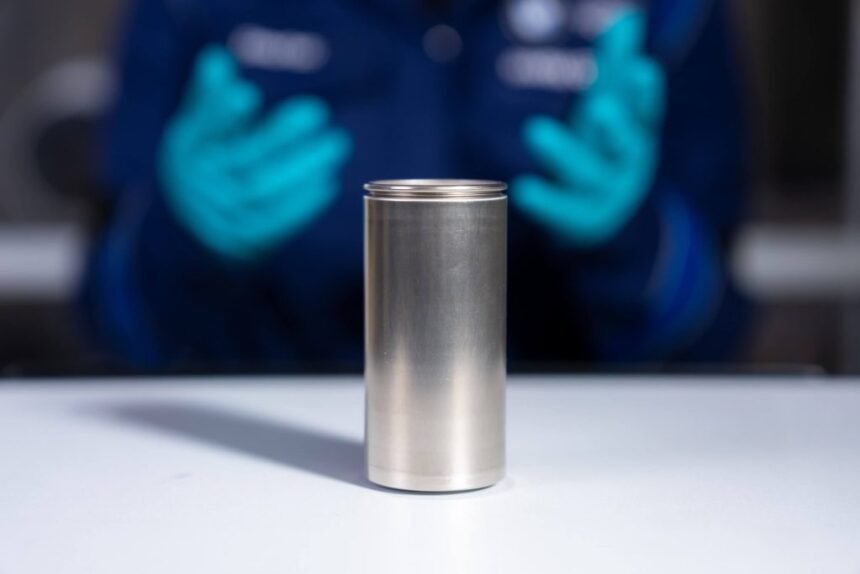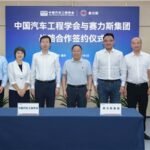Fabrication Breakthrough: Solid-State Batteries Solved with Innovative Technique
Lithium-ion batteries have long been a mainstay in the world of device manufacturing. However, the liquid electrolytes they rely on have raised safety concerns due to their instability, posing fire hazards. In a bid to find a safer and more reliable alternative for energy storage in laptops, phones, and electric vehicles, researchers at Penn State have turned their focus to solid-state electrolytes (SSEs).
Hongtao Sun, an assistant professor of industrial and manufacturing engineering at Penn State, highlights solid-state batteries as a promising alternative to traditional lithium-ion batteries. While functioning similarly at a basic level, these batteries replace liquid electrolytes with SSEs, offering enhanced stability and safety.
Sun explains that rechargeable batteries consist of two internal electrodes – an anode and a cathode – with electrolytes serving as a conduit between them for conductivity. While lithium-ion batteries utilize liquid electrolytes, solid-state batteries leverage SSEs.
While SSEs present significant advantages over traditional lithium-ion batteries, they face hurdles in manufacturing and conductivity. The high temperatures required during fabrication, particularly with ceramic-based SSEs, pose challenges to their production and practicality.
To address this challenge, Sun and his team employed a cutting-edge technique called cold sintering. This process involves heating powdered materials, treating them with a liquid solvent, and compressing them into a denser form. By incorporating a highly conductive ceramic-polymer composite SSE known as LATP-PILG, they successfully overcame the manufacturing obstacles. Their findings were published in Materials Today Energy.
Traditional ceramic-based SSEs are typically plagued by polycrystalline grains separated by grain boundaries, which impede ion transport. To combat this, Sun’s team co-sintered a poly-ionic liquid gel (PILG) with LATP ceramics to create a polymer-in-ceramic composite SSE. This innovative material boasts stability and high conductivity, with the PILG acting as a highly conductive “grain boundary,” facilitating ion transport.
Cold sintering technology, initially developed in 2016 by Clive Randall and further advanced in 2018 by a postdoctoral scholar under Enrique Gomez, proved instrumental in developing solid-state batteries. Unlike traditional sintering, which demands high temperatures, cold sintering operates at significantly lower temperatures, around 150 degrees Celsius in this case, enabling the integration of diverse materials into a dense form.
By combining LATP ceramics with PILG gel, Sun’s team successfully created composite SSEs with high ionic conductivity at room temperature, along with a wide voltage window of 0 to 5.5 volts. This expanded voltage range supports the use of high-voltage cathodes, enhancing overall energy generation in batteries.
Besides revolutionizing battery technology, Sun sees the potential of cold sintering in broader applications, including ceramic composite materials in general manufacturing and semiconductor industries. The team’s future endeavors aim to establish a sustainable manufacturing system for large-scale production and recyclability, paving the way for industrial adoption of this technology.
Co-authors of the study include Penn State doctoral students Ta-Wei Wang, Seok Woo Lee, and Juchen Zhang, along with Penn State industrial and manufacturing engineering graduate program alum, Bo Nie.







